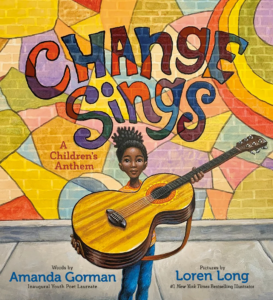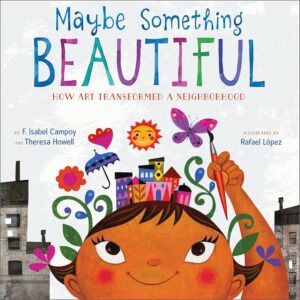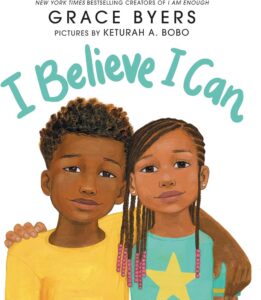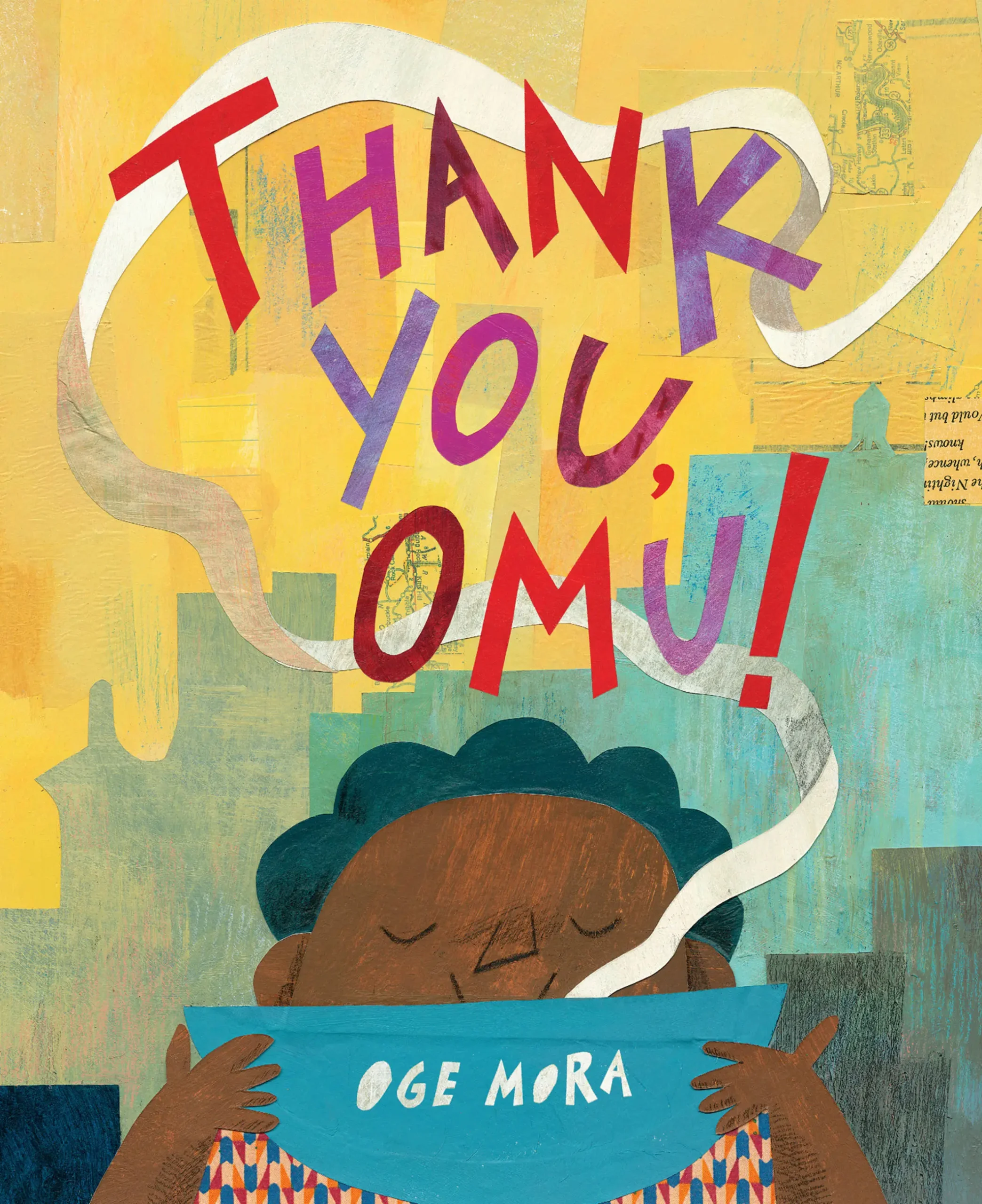Be You! 1 (Theatre)

Art Form: Theatre
Supplies Needed
Be You! book
Vocabulary
Character - a person in a story or play, or an animal or object that has human qualities; also, a person’s personality, and how they make choices, or what makes a person unique
Character trait - an aspect of a person’s character or personality; a characteristic
Adjective - a describing word; a word that tells the color, shape, size, smell, taste, sound, or feeling of a person or object
Vocal expression - the way an actor uses their voice to portray a character or to convey feelings
Pantomime - a style of acting that involves pretending to hold, touch, or use things that you are not holding, touching or using; also, sometimes it is done silently.
Instructions
1. Look at the first two pages of the book, where it says,“You were born to BE so many things,” and features an illustration of a baby. Look at all of the words on the page. They are adjectives; they convey character traits. Read the book.
2. Choose a word that describes you. It might describe you all the time or only sometimes. Think of a time when that word describes you.
3. Make up a sentence that includes the character trait and when you exhibit it, with the format, “I am ______ when I see _____". For example, it could be, "I am excited when I jump rope with my friend Chelsea," or "I am curious when I see a picture of an animal I’ve never seen before”
4. Decide on an action you can pantomime to go with your statement about your character trait. Think about how to use your body to act it out. Think about how to use your hands to pretend you are holding or doing something imaginary. Think about the size, shape and weight of the objects you are pretending to use.
5. As you pantomime the action, use your voice to express the feeling of the character trait. For example, you could pantomime drying dishes and say, with a very strong, proud voice, “I am helpful when I dry the pots and pans after a big dinner”.
6. Repeat the process with several adjectives from the book. Continue to make your pantomime actions feel and look real.
Extensions
Find or identify two opposite adjectives. Write a new sentence putting them together, and act it out. For example, “I am generous when I share my snack with my friends at school, but I am selfish when my sister asks for some of my popcorn on Movie Night”.
Make a collage using copies of family photos or simply draw a picture of yourself with all your various character traits and the actions that go with them.
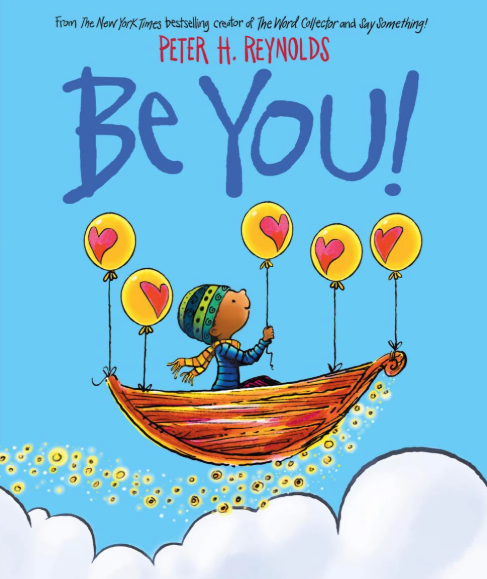
About
The REimagining and Accelerating Literacy through Arts Integration (REALAI) grant supports the literacy achievement of 3,200 students and 170 teachers, media specialists, and literacy coaches across six schools in Georgia and South Carolina.
In addition to professional learning for educators, this project contributes significantly to school library collections through the purchase of developmentally appropriate and culturally relevant books.
This grant also includes parent events to provide families with access to books and other content about how to support their child’s reading development.


